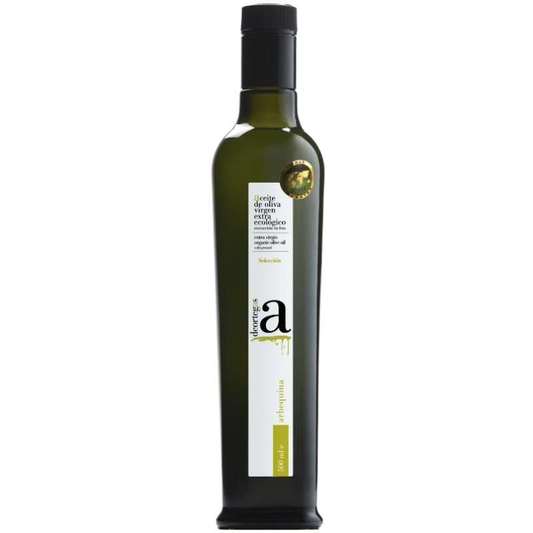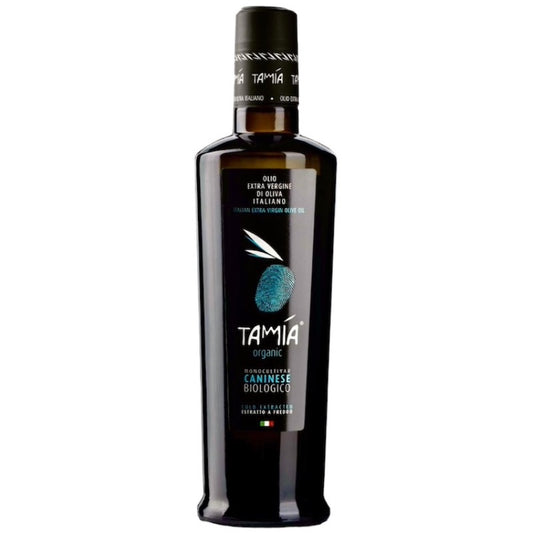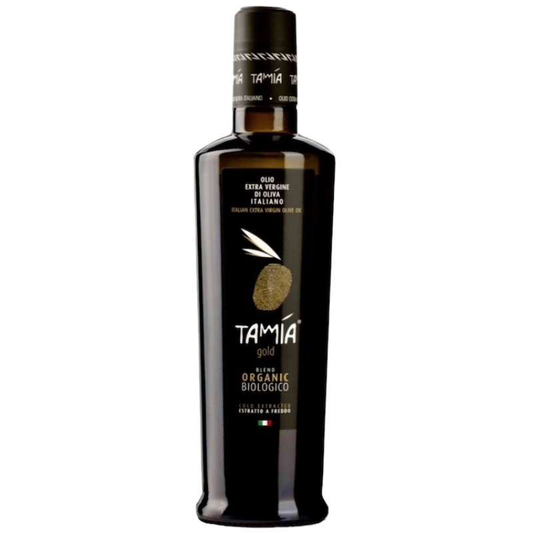Green and black olives like any other food differ not only in color, otherwise we wouldn’t pay special attention to this.
All olives are healthy, however black and green olives have different nutritional properties i.e. different amounts of macronutrients, minerals and vitamins in olives. And of course, black and green olives have different tastes, so it makes sense to dwell on this.
What is the difference between black and green olives? Green olives are olives that are harvested when they are just beginning to ripen, usually from late September to late October. Black olives are the fully ripe fruits of the olive tree. Yes, recently they were green.
Actually the words “black olives” are not correct and have no more sense than “white wine”. In fact, the color of ripe olives ranges from light brown to deep purple. There are no completely black olives in nature and you will not find them on a single olive tree. The only exception is sun-dried olives from the Greek island of Thassos.
Absolutely black olives are dyed green olives, which means that green olives have been colored (and poisoned) with iron gluconate E579. The most ingenious manufacturers do it to sell olives faster than they ripen and to sell more. They understand that the faster they harvest the less they lose.
Let’s look at the main differences between black and green olives in several ways, such as their taste, nutritional value, health benefit and use in various dishes.
Green and Black Olive Nutrition Facts
How do the content of minerals and vitamins in olives differ? Significantly.
Green olives are higher in polyphenols – antioxidants that are great for fighting cancer cells. Antioxidants are also good at cleansing blood vessels and lowering the level of bad cholesterol in the blood.
However, green olives contain twice as much sodium as black olives. This is not good if you have high blood pressure. It should be remembered that the daily intake of this substance is 1500 mg and it is all contained in 100 g of green olives.
The difference in content of vitamin E in olives is significant. Green olives contain twice as much of it as black olives. Other vitamins in olives do not differ much.
Black olives contain less polyphenols, but are very high in polyunsaturated fats. Also, black olives are rich in iron (6,28 mg / 100g) while the daily intake of iron is approximately 15 mg.
In this table you’ll find green and black olive nutrition facts:
| Olive Nutrition Facts, per 100 g. | Black Olives | Green Olives |
| Protein | 0,84 g | 1,03 g |
| Fat | 10,9 g | 15,32 g |
| Carbohydrate | 6,04 g | 3,84 g |
| Fiber | 1,6 g | 3,3 g |
| Calcium | 88 mg | 52 mg |
| Iron | 6,28 mg | 0,49 mg |
| Magnesium | 4 mg | 11 mg |
| Potassium | 8 mg | 42 mg |
| Sodium | 735 mg | 1556 mg |
| Zinc | 0,22 mg | 0,04 mg |
| Copper | 0,25 mg | 0,12 mg |
| Vitamin C | 0,9 mg | – |
| Vitamin B6 | 0,01 mg | 0,03 mg |
| Vitamin A | 17 µg (micrograms) | 20 µg (micrograms) |
| Vitamin E | 1,65 mg | 3,81 mg |
| Vitamin K | 1,4 µg (micrograms) | 1,4 µg (micrograms) |
Some more about vitamins in olives: Olives contain B vitamins: vitamin B1 (thiamine), vitamin B3 (niacin), vitamin B5 (pantothenic acid) and vitamin B6. All vitamins of this group are vital for our body and most of them are found mainly in animal products. The content of these vitamins in olives is low, but regular consumption of olives will help to avoid their deficiency.
So which are healthier – green or black olives? Based on the above characteristics we can conclude that both types of olives are healthy. The only difference is what kind of effect should be expected from each variety.
And What About Olive Taste?
The taste of green and black olives differs significantly, largely due to variations in their texture, ripeness, and processing. Describing these nuances precisely is not easy — after all, there are hundreds of olive varieties around the world.
In general, green olives are firmer and possess a more pronounced natural bitterness, which is difficult to completely eliminate even after soaking in brine. They retain much of their raw, authentic flavor and distinctive texture.
Black olives, on the other hand, are softer, juicier, and more oily. Their flavor is more adaptable — it changes depending on how they’re processed, as they readily absorb the taste of the brine, oil, or seasoning they’re stored in. Typically, this results in a salty, spicy, or savory profile.
Taste plays a leading role in how we choose to use olives in cooking — though tradition also matters. For instance, a classic Greek salad is believed to be incomplete without Kalamata olives, and purists often insist that no other variety will do.
Soft, ripe black olives are excellent for making pesto, tapenades, and various pâtés. Sun-dried black olives, with their deep, concentrated flavor, are also popular in olive bread and pizzas. Their richness makes them a perfect companion for soups, stews, and hearty meat or vegetable dishes.
Green olives, by contrast, shine in lighter fare — they’re a staple in fresh summer salads and make an elegant aperitif snack. They pair beautifully with wine and are a must-try addition to a Dirty Martini cocktail.
Of course, both black and green olives are delightful on their own. Simply serve them on a small plate, drizzle with good olive oil and a squeeze of lemon juice, and finish with a sprinkle of dried oregano — a simple preparation that lets their natural character shine.
Let's summarize
Whether green or black, olives are much more than a colorful garnish — they are a symbol of health, tradition, and the Mediterranean way of life. Both types share a similar origin but differ in ripeness, nutritional composition, and flavor. Green olives offer a firmer texture and a pleasantly bitter freshness, rich in antioxidants and vitamin E, while black olives bring a softer, milder taste and a higher content of healthy fats and iron.
Choosing between them is not a matter of which is better, but which suits your taste, health needs, and culinary goals. Add green olives for brightness and bite, or reach for black ones when you want richness and depth.
Whichever you prefer, enjoying olives — in salads, breads, cocktails, or simply on their own — is an easy and delicious way to bring both flavor and well-being to your table.





















